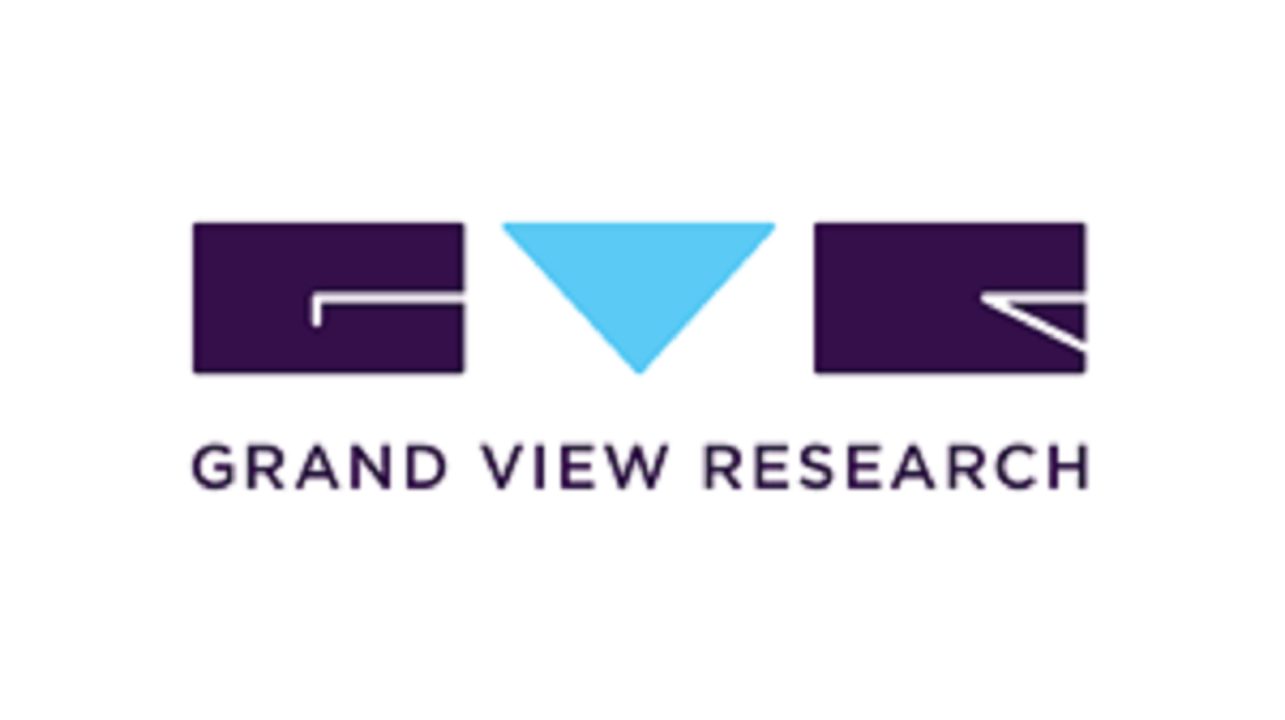The global hemostasis valve market size was estimated at USD 184.6 million in 2024 and is projected to reach USD 258.2 million by 2030, growing at a CAGR of 5.8% from 2025 to 2030. Several key factors are contributing to this growth, including the rising global burden of cardiovascular diseases, favorable regulatory support, a rapidly increasing elderly population, and continuous advancements in medical device technology.
One of the major catalysts for this growth is the alarming increase in cardiovascular disease (CVD) cases worldwide. According to the World Heart Report 2024, air pollution has emerged as a significant aggravator of cardiovascular conditions. The report notes that in 2019, around 70% of the 4.2 million global deaths attributed to ambient air pollution were caused by cardiovascular complications—most notably ischaemic heart disease (1.9 million deaths) and stroke (900,000 deaths). This epidemiological trend is leading to a greater demand for cardiovascular diagnostic and therapeutic interventions such as angiography and angioplasty. In these procedures, hemostasis valves play a critical role by controlling blood flow and ensuring safe and effective catheterization, thereby protecting patients from bleeding-related complications.
Another major trend accelerating market expansion is the growing preference for minimally invasive procedures. These techniques offer substantial benefits over traditional open surgeries, including less postoperative pain, reduced hospital stays, faster recovery periods, and a lower incidence of procedural complications. As a result, healthcare providers and patients alike are increasingly favoring minimally invasive interventions, which require specialized medical devices to ensure procedural accuracy and safety. Hemostasis valves are essential in these catheter-based procedures, providing precise control over blood flow while minimizing the risk of blood leakage during vascular access.
Key Market Trends & Insights:
• In 2024, North America emerged as the leading region in the global hemostasis valve market, capturing a substantial revenue share of 41.1%. This dominance can be attributed to several factors, including the region's advanced healthcare infrastructure, high adoption rates of minimally invasive procedures, growing cardiovascular disease burden, and the presence of major medical device manufacturers. Additionally, favorable reimbursement policies and strong clinical research initiatives have further solidified North America's leadership position in the market.
• Within this region, the United States holds one of the largest individual markets for hemostasis valves globally. The country benefits from a technologically advanced medical ecosystem and a high volume of interventional cardiology procedures, such as angiography and catheter-based interventions, where hemostasis valves are routinely used to control blood flow and prevent complications.
• From a product perspective, the hemostasis valve Y-connectors segment held the largest market share, accounting for 37.4% in 2024. These connectors are widely preferred in catheterization procedures due to their dual-access ports, which allow for simultaneous insertion of guidewires or contrast agents while maintaining effective hemostasis. Their efficiency and compatibility with a range of catheter-based tools make them a vital component in modern interventional practices.
• When analyzed by application, the angiography segment emerged as the dominant category, representing a commanding 64.4% market share in 2024. This is largely due to the high volume of diagnostic and therapeutic angiographic procedures performed globally, which rely on hemostasis valves to ensure controlled access and safe vascular closure during catheter insertion and withdrawal.
• In terms of end use, hospitals accounted for the largest market share at 57.36% in 2024. Hospitals continue to be the primary centers for cardiovascular interventions, offering comprehensive diagnostic and surgical services that require the use of hemostasis valves. Their access to skilled healthcare professionals, advanced surgical equipment, and the ability to handle high patient volumes further supports their leading role in the market.
Order a free sample PDF of the Hemostasis Valve Market Intelligence Study, published by Grand View Research.
Market Size & Forecast:
• 2024 Market Size: USD 184.6 Million
• 2030 Projected Market Size: USD 258.2 Million
• CAGR (2025-2030): 5.8%
• North America: Largest market in 2024
Key Companies & Market Share Insights:
Several prominent companies are actively operating in the global hemostasis valve market, including well-established industry leaders such as Boston Scientific Corporation, Teleflex Incorporated, Merit Medical Systems, B. Braun SE, TERUMO CORPORATION, and Abbott. These key players have been investing substantially in expanding and upgrading their infrastructure, which enhances their ability to design, develop, manufacture, and distribute a large volume of hemostasis valves on a global scale. Such investments not only improve production capacity but also drive innovation in product quality and technology.
To further strengthen their market position and broaden their global reach, these companies pursue a variety of strategic initiatives. One major approach involves forming collaborative partnerships with regional distributors and other medical technology firms. These alliances facilitate improved market penetration, faster product delivery, and enhanced customer support across different geographic regions. Through these collaborations, companies can effectively leverage local networks and expertise, accelerating the adoption of their hemostasis valve products in diverse healthcare settings worldwide.
Key Players
• Boston Scientific Corporation
• Teleflex Incorporated
• Merit Medical Systems
• B. Braun Melsungen AG
• TERUMO CORPORATION
• Abbott
• Argon Medical Devices
• Freudenberg Medical
• SCW Medicath Ltd
• Lepu Medical Technology(Beijing)Co.,Ltd.
• Nipro
• DeRoyal Industries, Inc.
• Antmed Corporation
• Beijing Demax Medical Technology Co
Explore Horizon Databook – The world's most expansive market intelligence platform developed by Grand View Research.
Conclusion:
The hemostasis valve market is set for steady growth, driven by rising cardiovascular diseases, aging populations, and technological advances. North America leads the market, with angiography being the top application and hospitals the main end-users. Y-connectors are the most popular valve type, supporting the increasing demand for minimally invasive procedures.


